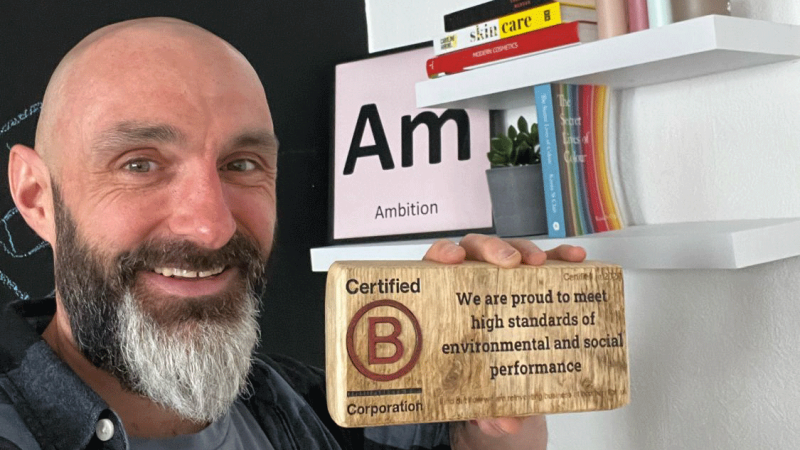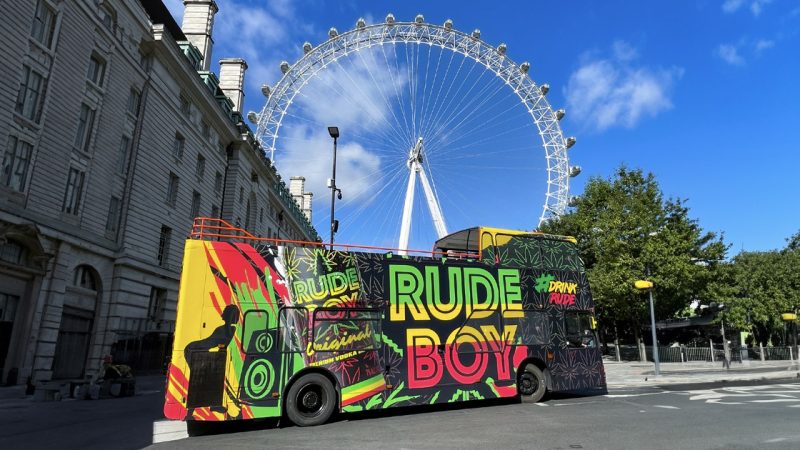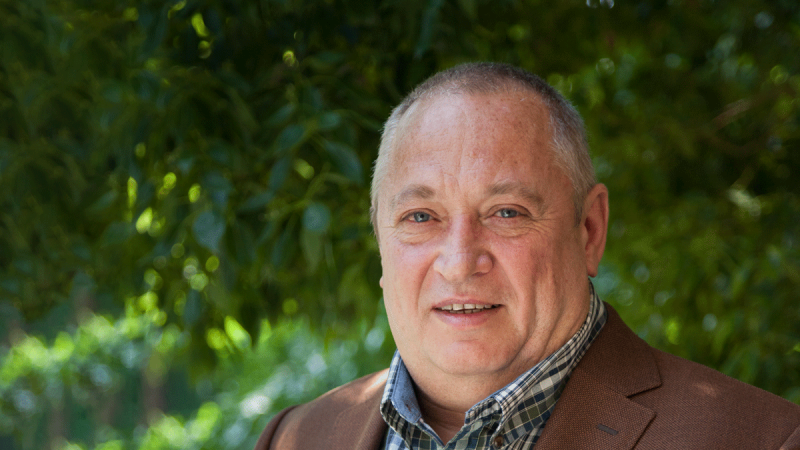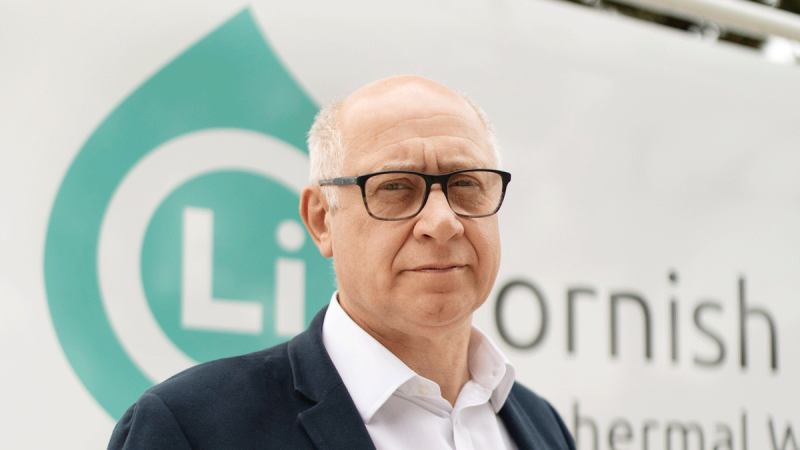Vancouver-headquartered Lucara Diamond Corp., founded by Lukas Lundin and two partners in 2007, owns and operates the state-of-the-art Karowe mine, located in Botswana, which has been in production since 2012. The mine will be an open-pit operation until 2025 with further underground potential to mid-2040, with a mining licence approved up to 2046.
The Karowe (which means precious stone in the local language) mine is renowned for its production of large, high quality, type IIA diamonds in excess of 10.8 carats, including the historic 1,758-carat Sewelô (unearthed in 2019), the 1,109-carat Lesedi La Rona (2015) and the 813-carat Constellation (2015) which sold in 2016 for a record $63.1 million.
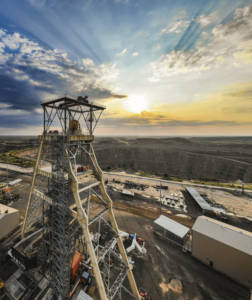 One of a kind
One of a kind
Lucara Diamond’s President and CEO William Lamb points out that Karowe is unique in the world. “Karowe is an asset where the value is centred very much in the larger stones. Over the last 10 years, we have recovered in excess of 20 to 30 stones larger than 100 carats each year. And I believe the potential is to do much, much larger volumes of these size stones.”
Lamb who has wide-ranging background experience in mining project management and sustainable operations across a wide range of different commodities, in remote locations in Africa and Northern Canada, joined the Company in 2008 and was the company CEO from 2011 to 2018. During his original tenure at Lucara, he was responsible for the highly successful construction of the original Karowe mine and its facilities.
Following several years as the CEO for NewGen Resource Lending, he returned to Lucara in 2023 to advance the company’s key underground project, which is designed to access the highest value portion of the Karowe orebody. With its overall budget increased from $500 million to $683 million, the underground expansion is expected to extend the mine life to at least 2040 and is forecast to contribute approximately $4 billion in additional revenues.
The Karowe mine currently employs about 1800 people with about a 40/60 split between those in operations and those who are running the underground project. The underground operation is expected to require between 400 to 500 people on permanent deployments, says Lamb.
Digging the potential
Reflecting on the company’s development, he recalls that progress has been rapid. “We built the initial process plant and recovered the first large diamond of 239 carats approximately 9 months after production started. Then we started to recover even larger diamonds and we continue to make modifications to the process plant, implementing new technology never used in the diamond industry as the mechanism through which we could recover more value upfront. “
This is important, he says, as the sooner in the processing plant the diamond is recovered, the lower the probability of damaging the stones. “A diamond is actually quite fragile. Because it’s a crystal, it’s fairly easy to cleave a diamond on a defined crystallographic plane. We have developed a very gentle process with a new technology – the large diamond recovery X-ray transmissive technology machines can process harder ore and optimise the recovery of exceptional diamonds.”
He points out that the mine is being upgraded against a challenging global environment, with prices of lab-grown diamonds being driven lower. However, this further differentiates this market segment from the natural diamond market and highlights the unique nature and inherent rarity of natural diamonds.
“The longer-term market fundamentals for natural diamonds remain unchanged. Karowe’s large, high-value diamonds have historically accounted for approximately 60% to 70% of Lucara’s annual revenues. Lab grow diamonds focus on the smaller size fractions resulting in a lower threat to Lucara from the lab-grown side.”
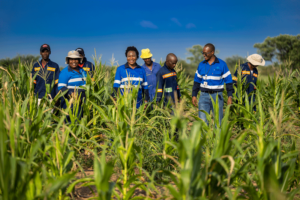 Long-term commitment to Botswana
Long-term commitment to Botswana
This is also good news for Botswana, a country with just 2.2 million inhabitants, whose development has been closely linked to diamond mining. Before the discovery of diamonds by De Beers in 1969, Botswana was one of the poorest countries in Africa. Since then, diamonds have transformed the entire economy.
“Lucara Diamond is only a very small player in Botswana but playing a part in social upliftment, economic development and environmental stewardship is of critical importance to the company. Right from the start, we focused on building relations with the government and the communities. We respect and listen to our people, our communities and our local governments as it is critical to understand the local culture and values, so that we can align our social spending with those.”
Lucara’s contributions extend far beyond the creation of jobs. Through collaboration and partnerships, Lucara’s investments in sustainable initiatives include education and sports programmes and much more. Through robust management systems and plans, the company also strives to minimize adverse impacts and identify and maximize opportunities for sustainable investments.
Lamb affirms that Karowe’s impact on the local communities has been substantial and will continue. “In addition to our current social programme, we are devising programmes that will continue to benefit the local communities past the mine lifetime. To me, that is the fundamental meaning of sustainability. What is the economic environment that you leave behind? That always has to be a focal point, as we look towards the future.”
Exceptional nature
In November, Lucara Diamond announced its Q3 2023 results, stating that strong revenues support the continued development of the underground expansion, in which the company invested over $20 million in the three months. Lamb points out that going underground is not driven by a desire to expand the mining operation but by increased value.
“The throughput of 2.7 million tonnes per annum will not be different from what we achieve in the open pit. But the value of the material will go up by anywhere from 50% to 75%. So, the throughput will be generating 50% to 75% more revenue with a 20-year sustainability in mind. And that’s very exciting.”
“There is real passion about this project and about what it represents for Botswana and its people, a passion instilled from the very beginning by Lukas Lundin. We owe it to him to take Karowe to a successful completion, to showcase the true, exceptional nature of what Lucara Diamond represents.”


